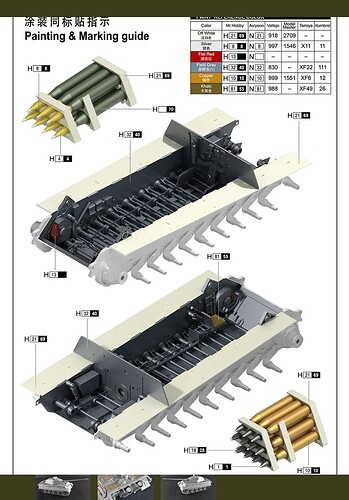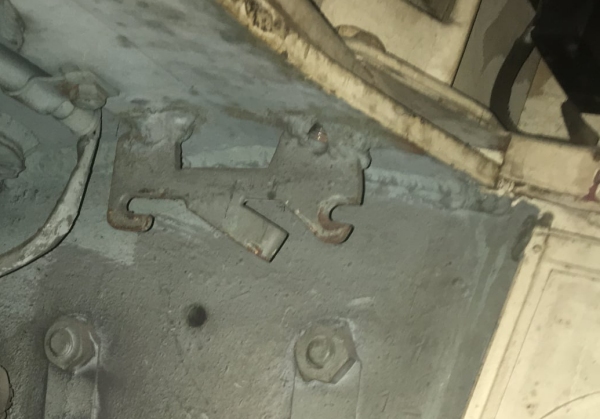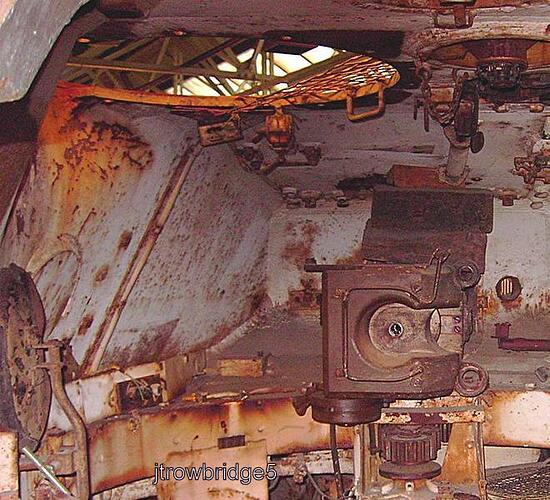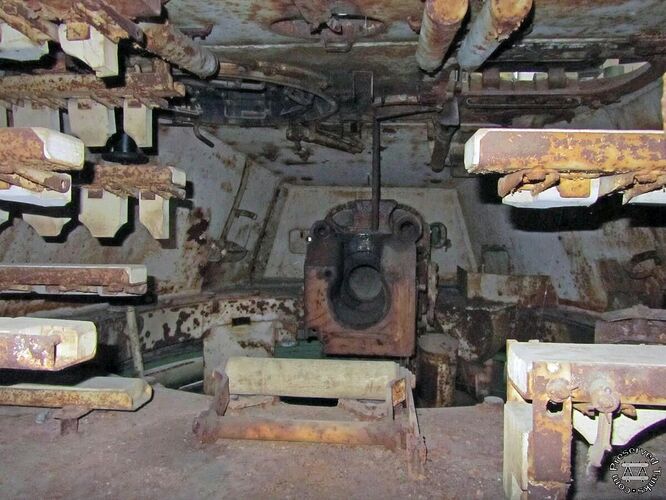I got the new 1/16 King Tiger from Trumpeter. In the painting instruction it supposed to be grey Gunze H32 and white. Can someone confirm if that is correct, or if it supposed to be red and white, like the later tanks.
No doubt I’ll be shot down in flames, but given the late production of even the earliest King Tigers, I’d expect the lower hull to be in the red brown primer. The upper hull would be Elfenbein, not white. It is usually described as a sort of ivory colour, but has more yellow in it. Commercial paints reproducing it are available.
Upper portions RAL 1001 Elfenbein (Ivory)
Lower portions RAL 7009 Grau (Grey)
In October 1944, RAL 8014 Rotbraun (Red Brown) primer was used for interiors to reduce the use of grey and beige paints. In 1945 ivory was partly again used for interiors.
This should give you a bit of a timeline and latitude for your build.
Here’s David Parker’s 1/16 KT- FROM THE TRENCHES: AFV's SUPERKING Returns - Building Trumpeter's 1:16th Scale King Tiger
I’d use it as a reference.
Very interesting. Im building a King Tiger tank, chassis number 280 006.
That tank was built as latest in may 1944.
So i guess Trumpeter was correct, it was grey and ivory then. Or maybe all of the interior was grey?
There was never a time when the entire inside of a Panzer’s crew room was painted in the grey colour (RAL 7009).
The engine compartment of Tiger 131 is completely painted like that, but red primer is found in some other surviving tanks, and we don’t know if there was a general rule about non-crew areas.
Ivory was used to help with visibility in the general vicinity of the crew’s heads. The grey paint, lower down. was probably supposed to get grimy without making the tank look like it needed cleaning. Buildings in Germany and Austria are still painted in that manner, including the one that I live in.
This is a glimpse inside the Tank Museum’s Luchs. I chose it to give a good approximate impression of the relative brightness and tint of the colours, although your monitor’s colour variations make it impossible to be exact.
The grey zone in this photo has light and dark areas; I think the lighter one is dusty, and somebody did a little wipe-down. So, follow the darker one.
The grey depicted by Takom’s instruction sheet is nothing like this.
David
My reference is from AK Interactives “Real Colours of WWII”.
Yes, and the RAL numbers that you quoted were correct.
My reference was sitting inside several Panzers, thirty years ago, with a colour reference card; and discussing colours with Hilary Doyle who was inside more Panzers than I will ever see, and who also read more archived documents than I will ever know about. Just so that people like AK could write books.
David
I think some of the early ones may have been painted in a light blue/gray color. I found some interior photos of the KTs at the Tank Museum; the prototype:
And the production version:
So far as I know, these interiors have not been restored or repainted.
Ken
The interior of the turret shown should be Elfenbein, so these photos illustrate very clearly how difficult it is to interpret contemporary colours from photos old or new. In my experience, flash photography, which is of course necessary in a tank interior always “washes out” the yellow tinge in Elfenbein making it appear white or light grey as here. By contrast there appears to be red/brown paint in the foreground, or is it just rust? Likewise there appears to be brown under the ivory colour in the background.



